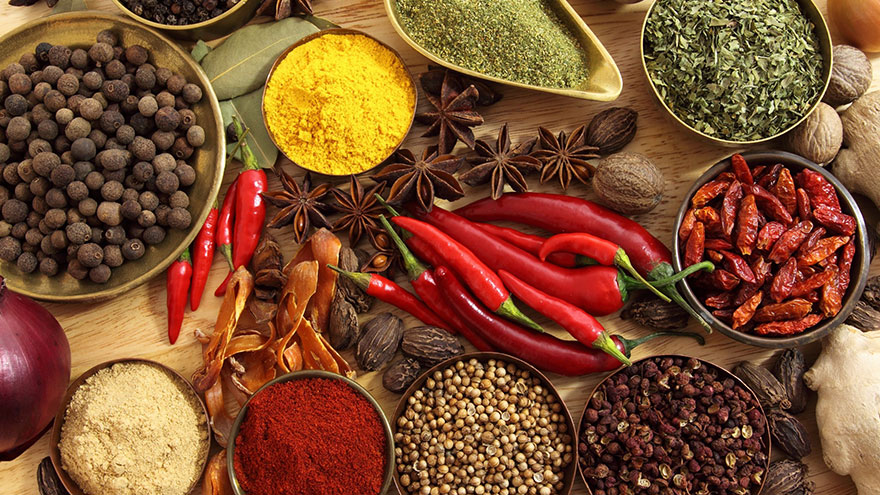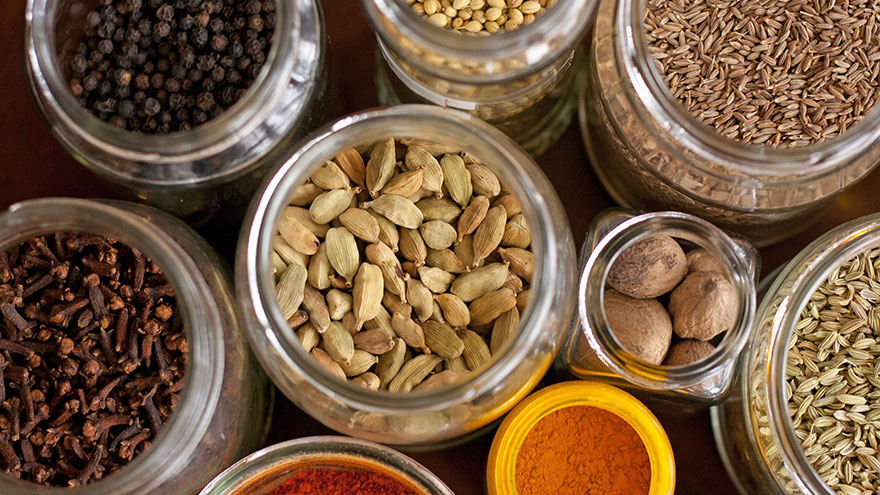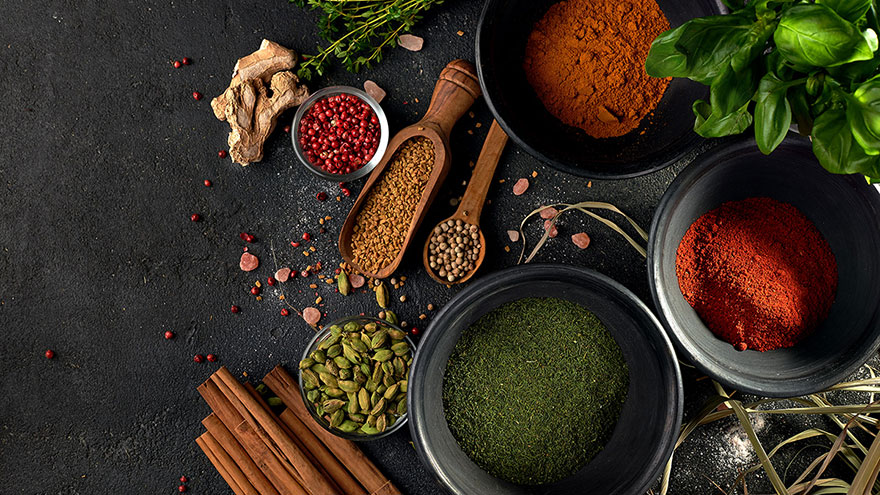Harvesting & Storing Herbs & Spices
Cooking without spices would make life boring, indeed. Spices and herbs, in the hands of the artful cook, can make a dull dish scrumptious – but understanding how to harvest and store spices and herbs is vital.
In fact, every cook should understand the basics of storing and using these important ingredients.
Here’s what you need to know.

Using and Storing Fresh Herbs & Spices
In cooking, fresh is always best. However, sometimes fresh herbs and spices aren’t truly as good in quality as dried. For example, if fresh bay leaves have been sitting around in a warehouse or grocery store for a while, they may not offer flavor as good as bay leaves that were cut and promptly dried and packaged.

Therefore, your best bet for using fresh herbs and spices is to either buy them at a farmer’s market or – better yet – grow them yourself. Since herbs are among the easiest plants to grow, the latter is fortunately easy.
Do be aware, however, that recipes calling for dried herbs require more fresh herb than the called for. For example, if the recipe calls for a teaspoon of dried oregano, use about tablespoon of fresh oregano.
Still, any time you’re cooking, you should use taste as your guide. The flavor of dried herbs varies wildly, not just according to original quality, but according to how long they’ve been sitting around.
Using and Storing Whole Dried Spices
Whole dried herbs and spices last longer than either fresh herbs or ground spices. Like fresh herbs, whole dried herbs and spices can be cut, torn, crushed, or ground as needed. A mortar and pestle – or even a coffee grinder – can easily do this job.
Without too much effort, you can dry many herbs yourself by hanging them upside down (by their stems) in a dark place like a closet. Some cooks I know dry herbs in the microwave: just place them on a few layers of paper towels and heat for about 3 minutes on low heat. You can also use a food dehydrator to dry herbs.
For best results, pick herbs in the morning, and select those that have just produced new leaves.

Storing Ground Spices
Brand quality is important with dried spices; ideally, the herbs and spices were prepared when the plants were at their peak, then processed quickly and packaged in air-tight containers.
For the longest storage, manufacturer packaging shouldn’t be opened; once a spice container is opened, its contents should be used within a year, maximum.
To help prolong the life of ground spices, try putting them in Rubbermaid-type containers inside the refrigerator. Even these containers, however, will introduce air to the spices, which in turn makes them loose their flavor more quickly. To help prevent this, put the lid in place, then lift just a corner of the lid. You should hear the sound of air escaping.
Promptly close the lid again and repeat a few times. If you prefer, you can place herbs and spices in Ziplock bags; seal all but one corner of the bag, then press out the excess air finish sealing. To prevent a mess of Ziplock bags in your refrigerator, try storing the bags in marked Rubbermaid-style containers.
Other ways to prolong the life of dried spices include keeping them away from heat, humidity, and moisture; storing in a dark area; and storing in the freezer.
Whole herbs and spices will last for up to three years in the freezer, while ground spices are good for up to six months.

Shelf Life
It bears repeating that scent and taste should be your guide when using spices.
However, you can generally expect whole dried spices to last between two to five years, dehydrated herbs to last around six months, and ground spices to last between six months to two years.

Check out the video version of this article on YouTube : Harvesting & Storing Herbs & Spices

